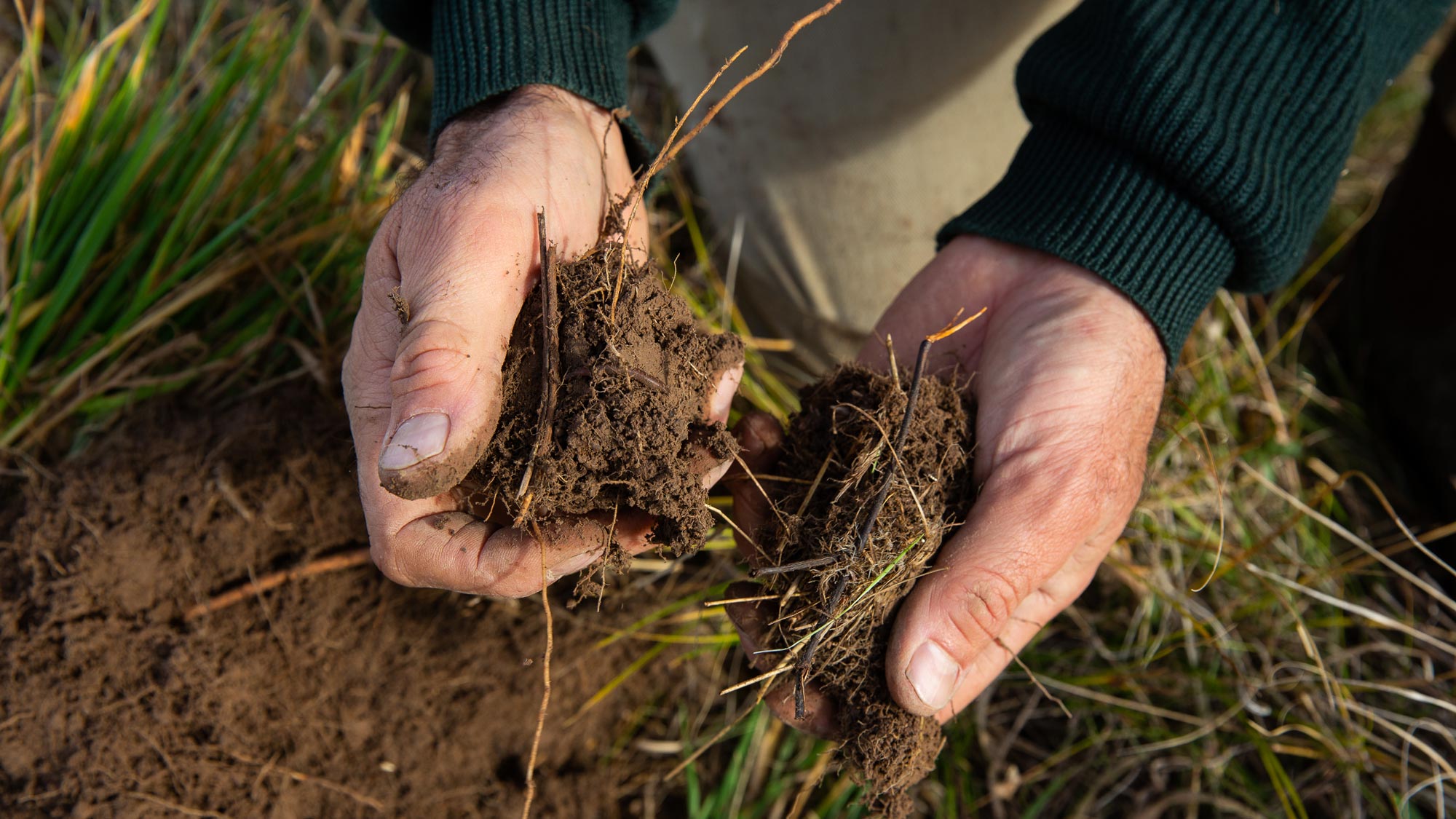Tool 6.3 Earthworm sampling
- Using a spade, dig a square of soil to a depth of 10 cm. For earthworms it is best to sample in late winter or early spring when it is not too cold or hot and after about 20-25 mm of rain.
- Sample different areas of the paddock (creek flats, stony ridges etc), taking 810 samples in a typical paddock. If the paddock is very variable more samples will need to be taken.
- Dig up the soil and break the clods and roots by hand. Count the number of earthworms. In high rainfall permanent pastures, more than 10 in a square (spade width about 20 cm) indicates high numbers. If the paddock has been recently cropped or cultivated, numbers will be less. Expect lower numbers in drier areas and years.
- Record the earthworm numbers and sampling location. Sample again in approximately the same place the following year at the same time of the year to monitor any changes. After sampling, replace the earthworms and soil.
- If you want to identify the types of earthworms that you have, a useful pictorial guide called Worm Wise II can be found on the Agriculture Victoria website. Visit: https://vro.agriculture.vic.gov.au/dpi/vro/vrosite.nsf/pages/soil_health_worm_wise
Please note: For sandy soils, earthworm numbers may not be an ideal measure of soil biological health.






